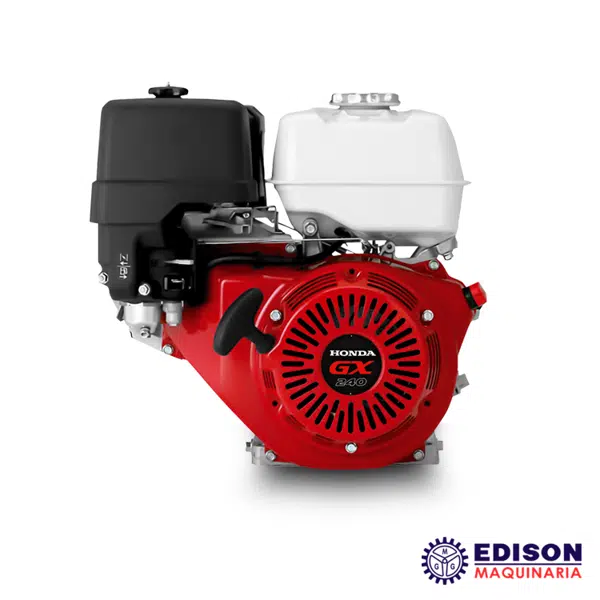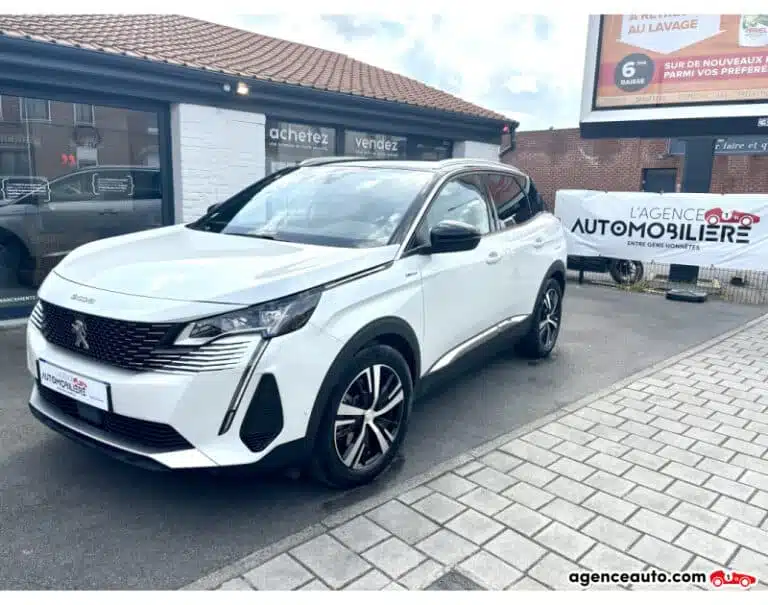It is time to say goodbye to Abarth with combustion engines

Since its founding in 1949, Abarth has been synonymous with sportiness and excitement in the automotive world, carving out a name for itself in competitions with its successful collaborations with Fiat. In the current context of transition towards electrification, the scorpion brand is preparing to close a significant chapter in its history. With the acceptance of new environmental regulations, especially in Europe, Abarth announces its decision to leave behind its iconic combustion engines to focus all its efforts on the development and launch of electric vehicles. This decision marks the end of an era for the iconic 595 and 695 models, which have been a benchmark of power and performance. Now, attention is turning to their electric successors, such as the promising Abarth 500e, which promise to deliver the same dose of adrenaline under a more sustainable approach.
The iconic manufacturer of sports cars, Abarth, is saying goodbye to its legendary combustion engines in Europe, marking the end of an era full of adrenaline and excitement on the road. This transition toward electrification symbolizes an essential change within the automotive industry, reflecting Abarth’s and its parent group, Stellantis’s, commitment to sustainability and the continent’s stricter regulations.
Since its inception in 1949, Abarth has been synonymous with sportiness and excitement. With a history rooted in competition and undeniable success preparing vehicles for Fiat, Abarth has earned a place in the hearts of motor enthusiasts. After its acquisition by Fiat in 1971, and now under the umbrella of Stellantis, the brand has shown flexibility and adaptation. However, in line with current trends and the need to comply with environmental regulations, Abarth has decided to focus all its efforts on electrification.
The sunset of combustion Abarths in Europe
Europe, with some of the strictest regulations in terms of emissions, is leading the way towards a more ecological future. Abarth’s gasoline models, such as the popular Abarth 595 and the Abarth 695, have disappeared from the official configurators since August. This withdrawal symbolizes not only the end of a range but a decisive step towards the future with fully electric models such as the Abarth 500e and the Abarth 600e.
New roadmap for Abarth: total electrification
Gaetano Thorel, head of Fiat and Abarth in Europe, has emphasized that it makes no sense to develop successors for gasoline models given the high costs associated, both for the company and for its customers. In countries like Italy, taxes for vehicles emitting 180 g/km are considerable, making the electric option more attractive and accessible. The new electric models not only match but often exceed the level of enjoyment and performance that characterized their fossil fuel predecessors.
The debate on hybridization and independence
An intermediate option could have been the introduction of micro-hybrid systems, similar to those adopted by the new Fiat 500 Hybrid. However, Abarth has decided to stay true to its sporty DNA by avoiding systems that do not meet the expectations of power and driving experience. Unlike other brands like Alpine, Abarth does not have the capacity to separate from Fiat to launch completely independent models.
The future: looking ahead
Although this farewell to combustion engines represents the end of an era, it offers an opportunity to reflect on the innovative role of electric mobility. Other brands, such as Porsche and Toyota, are exploring revolutionary technologies. Although Abarth’s primary focus will be electrification, this transition opens the door to a new era of innovation and sustainability in the automotive market, ensuring that passion and adrenaline continue on the road, only this time, in a quieter and greener way.
A necessary goodbye for a sustainable future
The petrochemical history of Abarth, from its explosive debut in 1949 to its consolidation under Fiat’s tutelage, has left an indelible mark on the world of motorsport. Its long-standing relationship with internal combustion engines has been emblematic, symbolizing the adrenaline and passion that characterizes the scorpion brand. However, embracing the shift towards total electrification is now an inevitable and essential decision for the future.
The increasing and strict environmental regulations in Europe have accelerated this transformation process. The disappearance of the iconic Abarth 595 and 695 from the brand’s official configurators is a clear indicator that the automotive market is prioritizing more sustainable options. Abarth finds itself at a crossroads, where technological evolution and commitment to the environment are now more vital than ever.
The new electric era not only responds to regulatory demands but also to significant changes in consumer preferences. The transition to electric vehicles like the Abarth 500e and the innovative 600e confirms a modernized philosophy that does not forget its roots of performance and enjoyment behind the wheel. These models not only promise a comparable driving experience but also lighten the economic burden by reducing long-term costs for both manufacturers and users.
As the legacy of combustion engines fades, Abarth reaffirms its commitment to remain at the forefront of innovation without losing its sporty spirit. This farewell not only marks the end of an era but the beginning of a path that, while shedding the known, opens the doors to a range of clean and sustainable possibilities in the automotive future.





